ALPAFLOR® GIGAWHITE (5%)
A biotechnological complex of 7 alpine herbs – mallow, peppermint, primrose, lemon balm, yarrow, primrose, which have a wonderful property of inhibiting tyrosinase activity. The complex affects the production of melanin and the maturation of melanosomes, and also prevents the migration of melanin to the upper layers of the skin.
The complex is enriched with vitamins of group B, vitamin K, vitamin C and fat-soluble vitamins A and E, which provide powerful antioxidant protection of cells, block free radicals and protect melanocytes from mediators of chronic inflammation.
Clinical results indicate the effectiveness of the 5% ALPAFLOR® GIGAWHITE complex in reducing the intensity of pigment spots by 28% after 12 weeks of useand the reduction of hyperpigmentation of any origin.
LECITHIN
Hydrophilic colloid, a mixture of phospholipids (65-75%) with triglycerides, that is, it contains essential fatty acids of natural origin. It is the main structural component of the membranes of living organisms. It has a pronounced effect on the restoration of the barrier functions of the skin, on the processes of cell nutrition. Without lecithin, the process of formation of new cells and restoration of damaged ones is impossible. Provides a softening, antioxidant and toning effect on the skin. Thanks to pronounced surface-active properties, it promotes deeper penetration of substances into the epidermis.
HYALURONIC ACID
Has a high degree of hygroscopicity. Being evenly distributed over the surface of the skin, hyaluronic acid forms a light film that actively retains moisture from the air. The film has acidic properties, which suppresses the reproduction of bacteria, but at the same time creates a moist environment for improving metabolic cellular processes. Thus, high-molecular hyaluronic acid has an excellent moisturizing, moisture-retaining and smoothing effect on the surface of the skin. In its low-molecular form, it has an excellent ability to bind and retain water molecules. The small size of the molecule allows hyaluronic acid to penetrate into the deep layers of the epidermis – this creates the effect of stimulating the basal layer of the epidermis and affects the dermal matrix. In the basal layer of the epidermis, hyaluronic acid plays a key role in the proliferation and migration of keratinocytes, largely determines the parameters of the stratum corneum and the ability of the epidermis to re-epithelize. In addition, the low-molecular form of hyaluronic acid affects fibroblast receptors, in particular, such receptors as CD44, which slows down the degradation of the body’s own hyaluronic acid and increases its synthesis. Another very important feature of hyaluronic acid is its ability to protect cells from free radical damage.


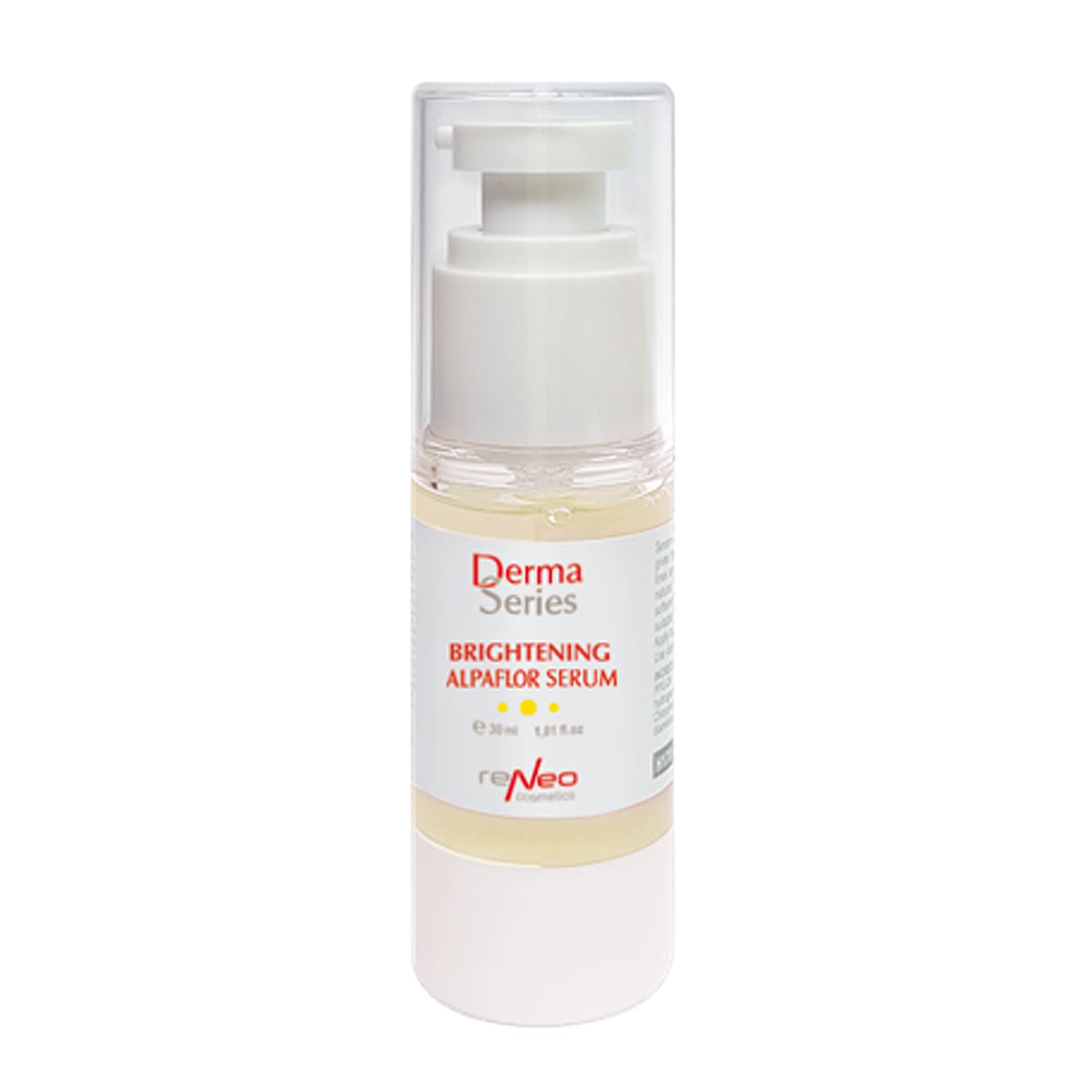
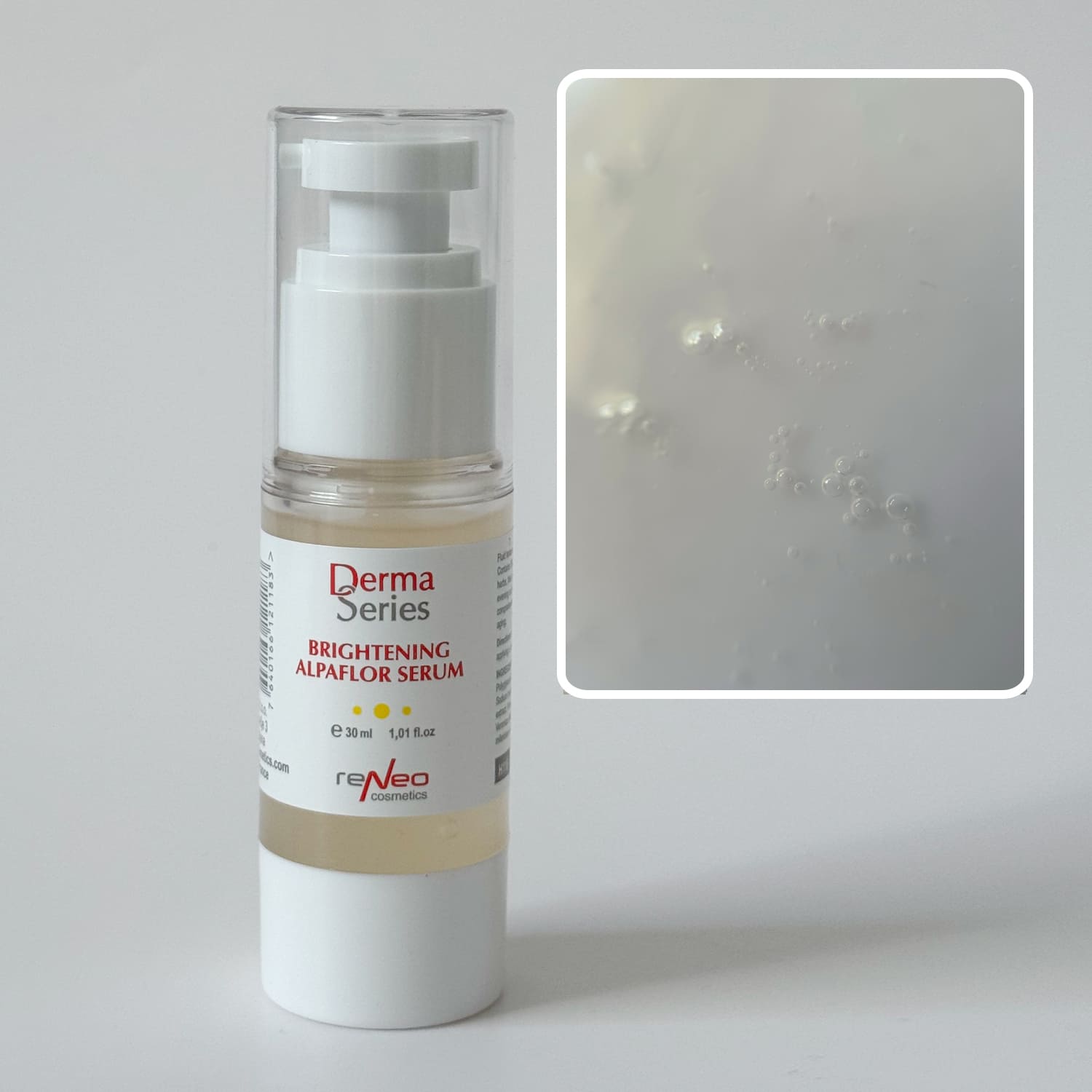
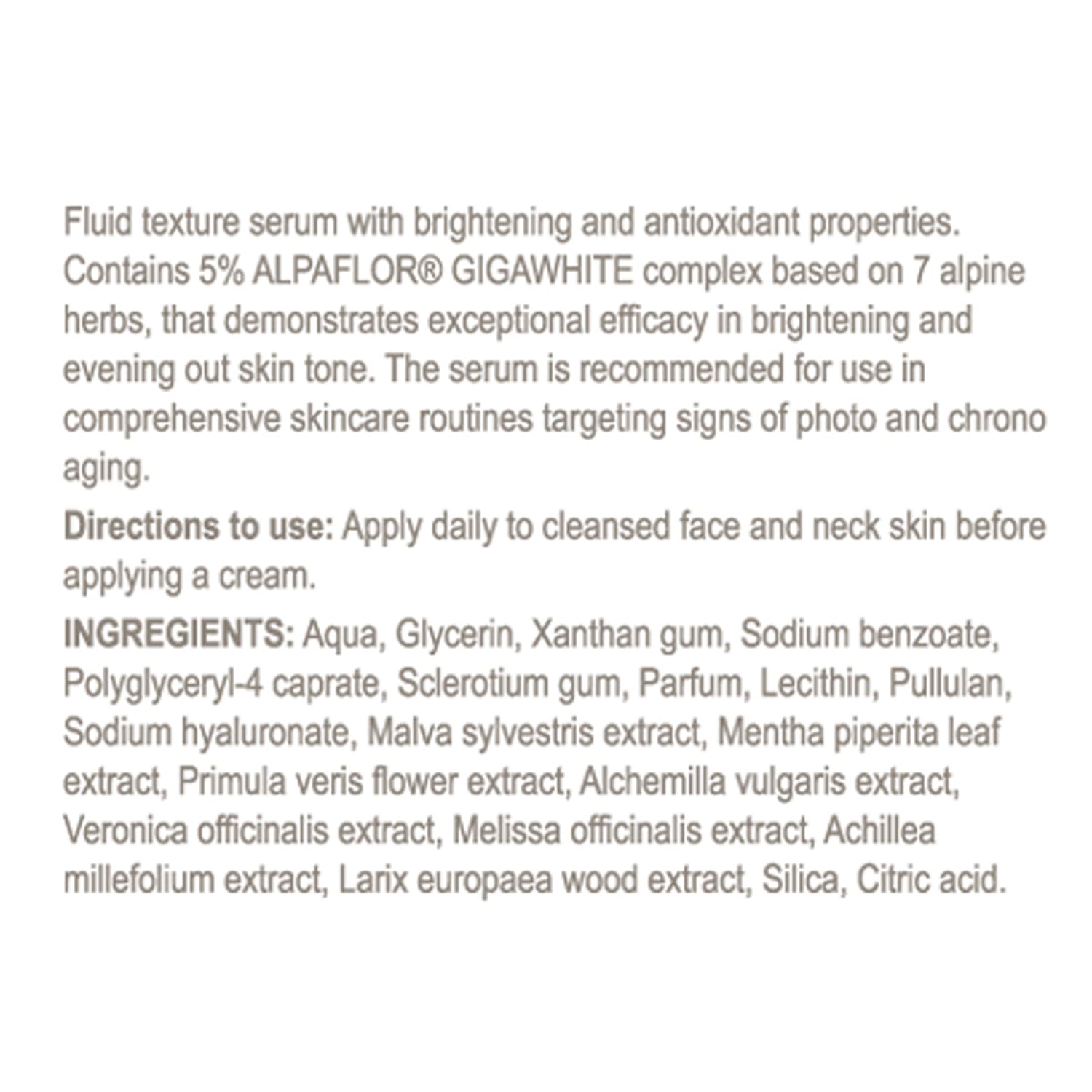
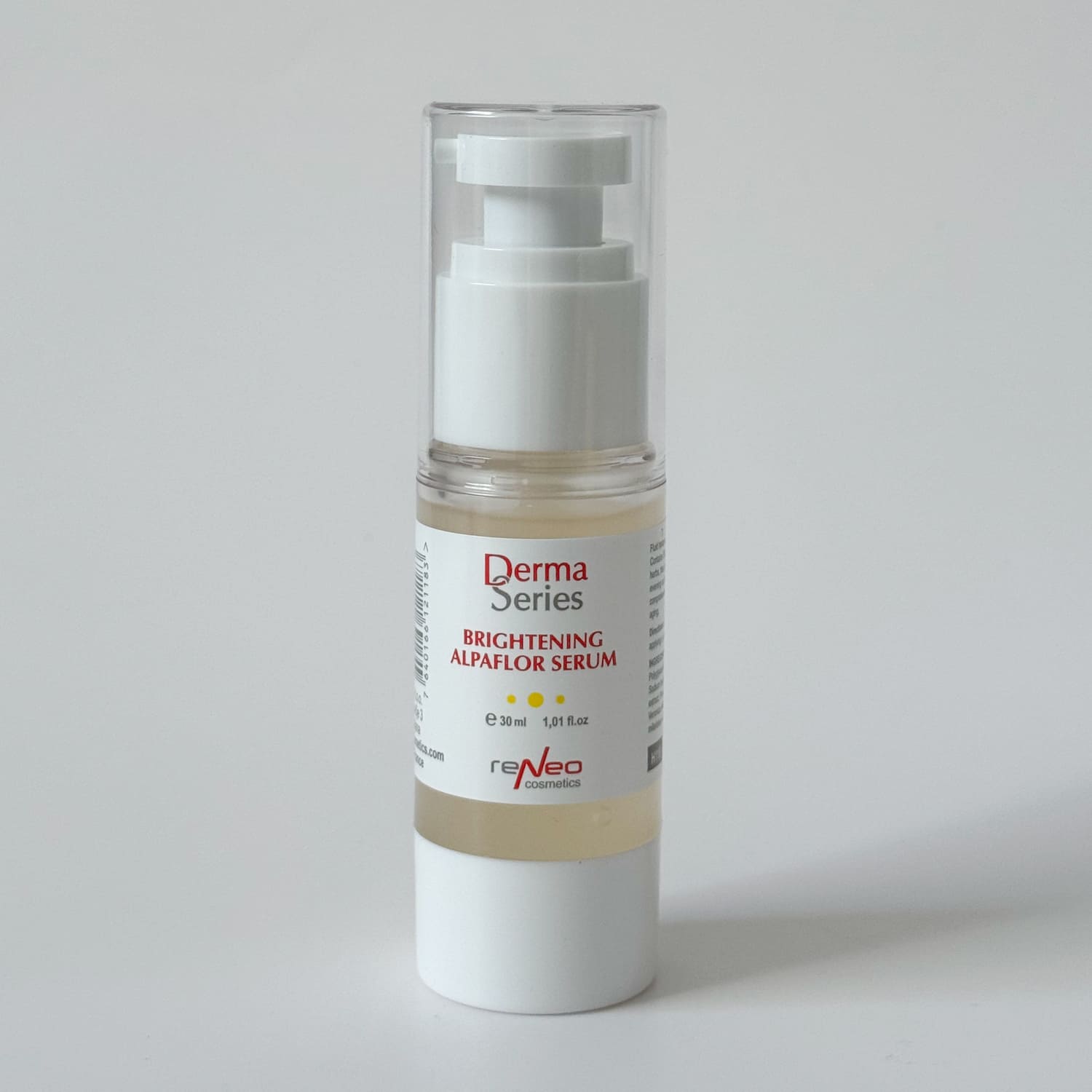
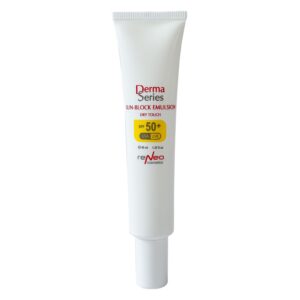
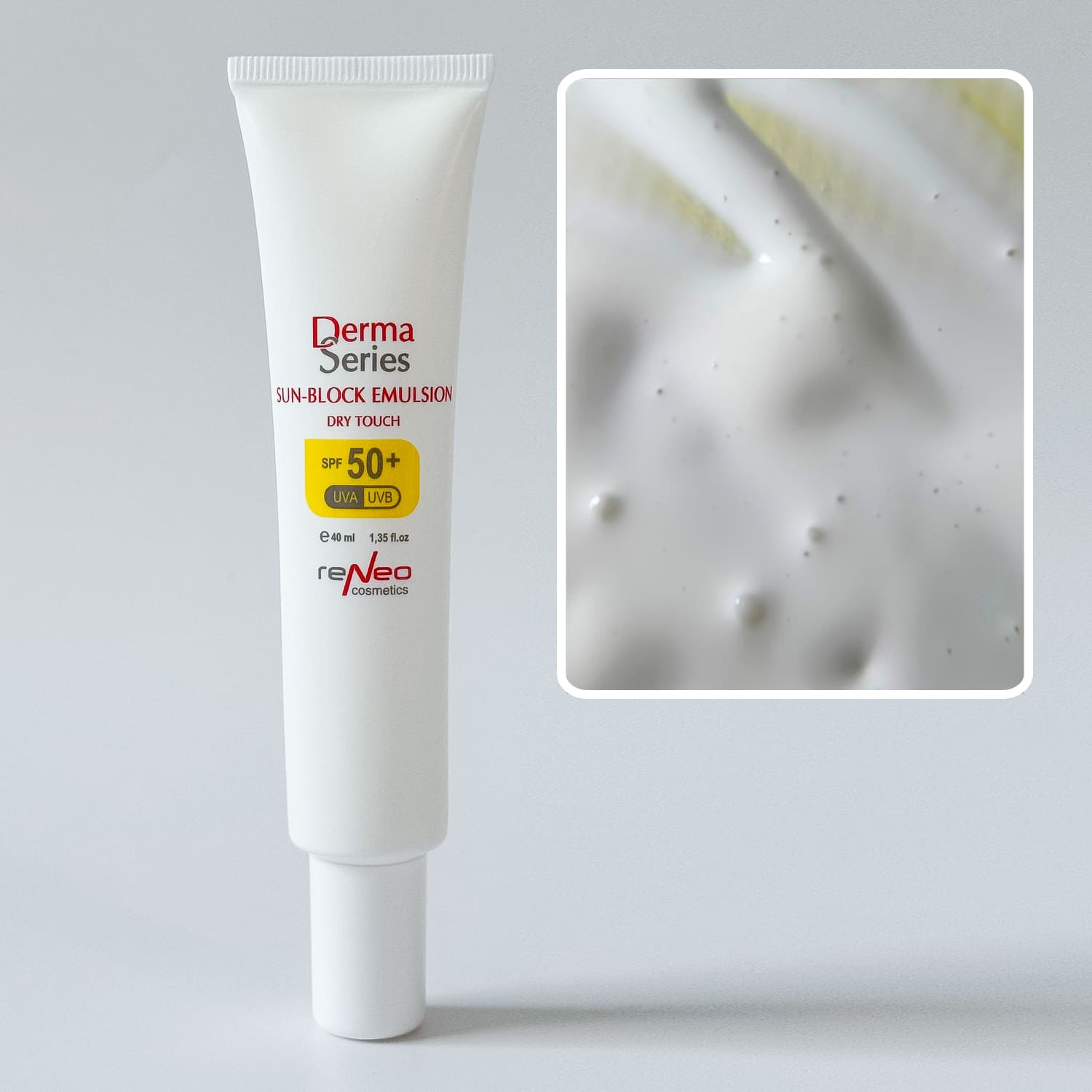
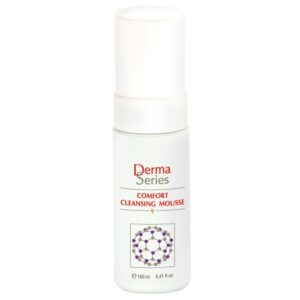
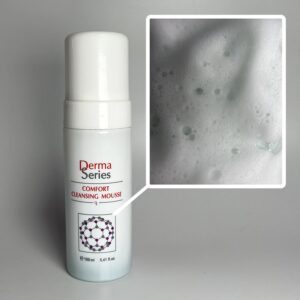
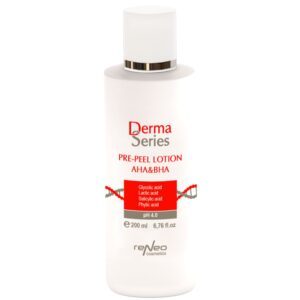
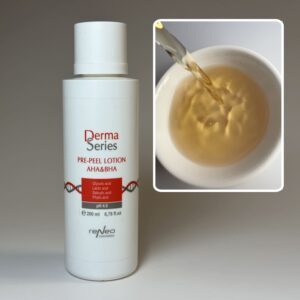
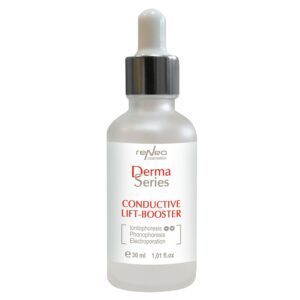

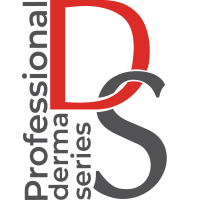
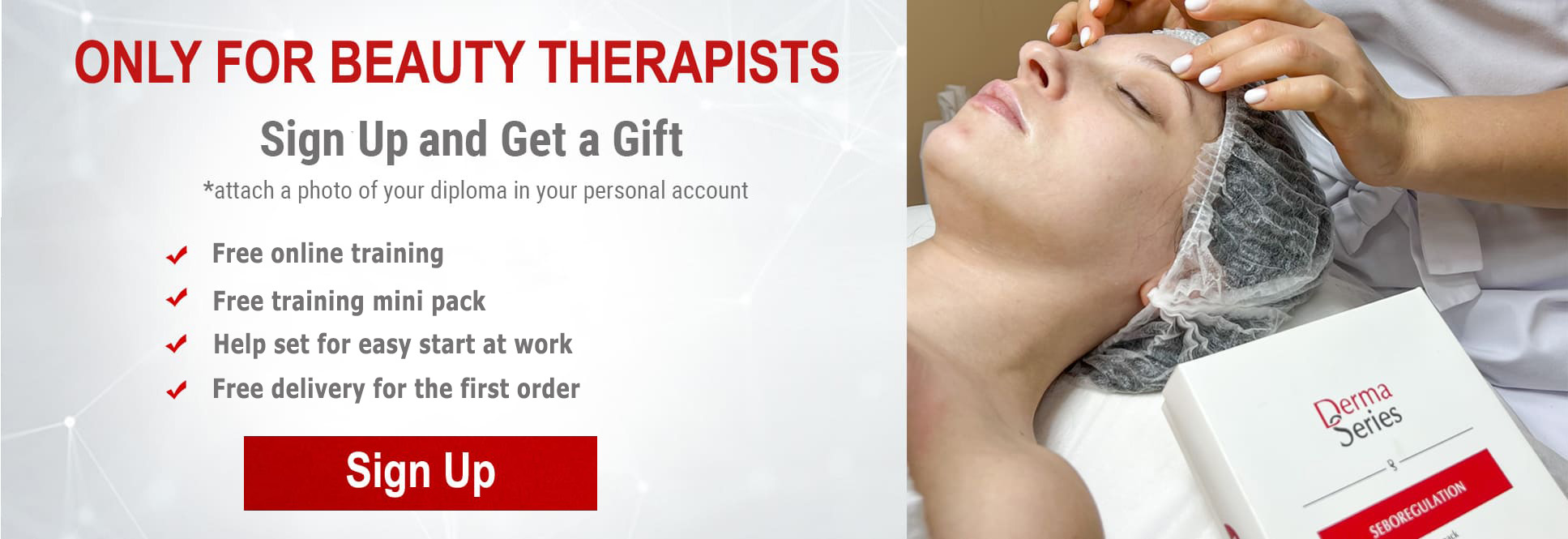

Reviews
There are no reviews yet.